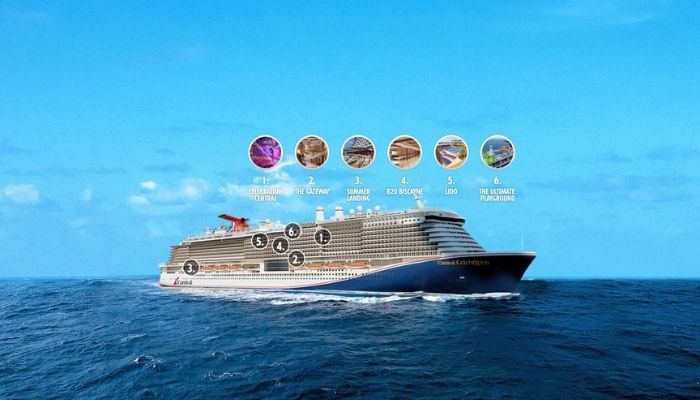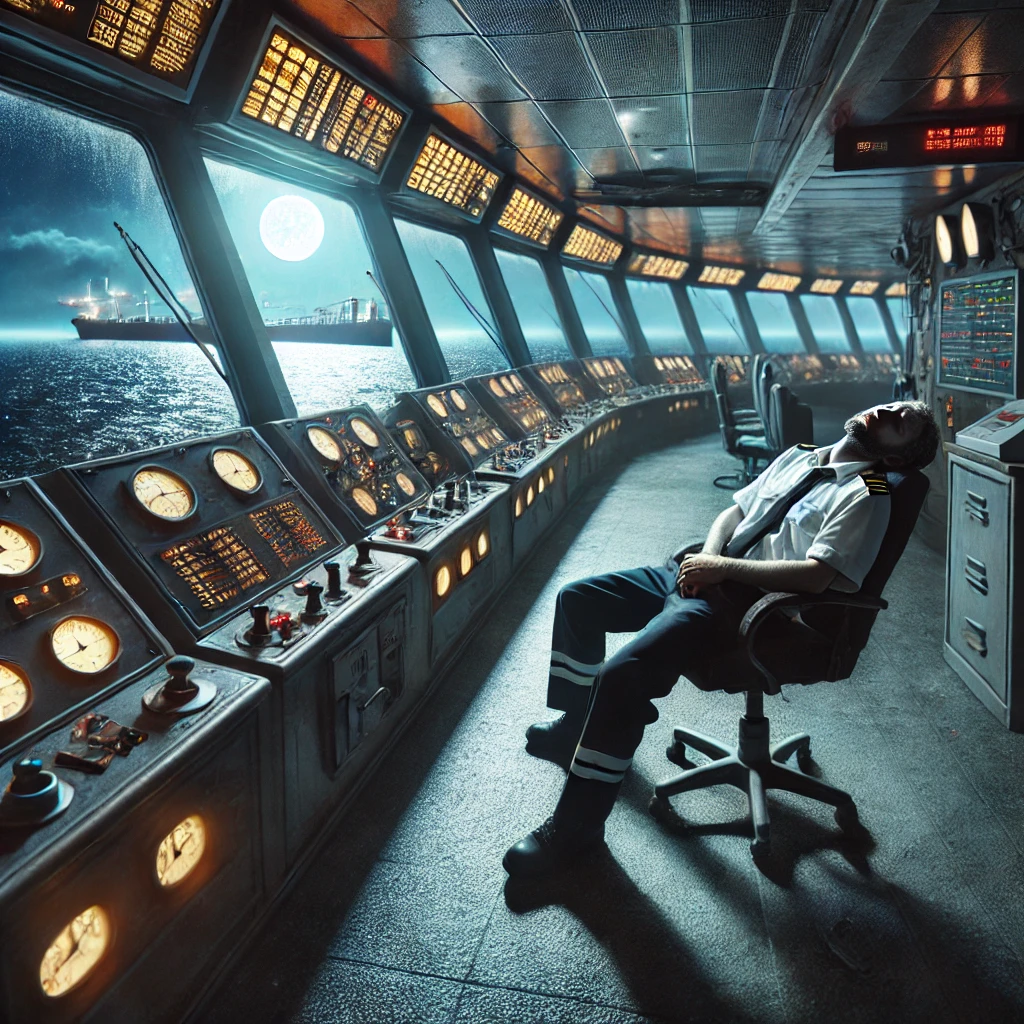Carnival Celebration, the second Excel-class cruise vessel belonging to the Carnival Cruise Line, has embarked on the first set of sea trials. It is the sister ship to Mardi Gras. Carnival Celebration has departed from Finland’s Meyer Turku and is expected to be at sea for quite a few days.
During these sea trials, engineers will be testing the technical systems. They will also observe the speed and maneuverability. Construction on Carnival Celebration began in 2021 (January). The mega ship is expected to start operating in November 2022 from Miami.

She is not yet ready for guests, but Carnival Celebration is getting closer to the official introduction scheduled later in 2022. After a construction phase that started just 20 months back, the newest cruise vessel in Carnival Cruise Line’s fleet successfully set sail on her first set of sea trials on 5 September.
Captain and Crew Members Are Already Onboard
The sea trials are likely to enable the crew members and officers to get accustomed to the vessel, Captain Vincenzo Alcaras explained to John Heald. He said that during the sea trials, the ship undergoes many tests meant to determine its capability and performance. A lot of tests are taken, but he only lists a few, like the endurance, steering, speed, thrusters, and zig-zag tests, which are part of the manoeuvring tests, and Class-required tests.
The captain is not the only person on it; senior officers and many crew members have boarded the vessel. They will be responsible for launching the Carnival Celebration and guiding her through the launch period.
Carnival Celebration weighs 180,800 gross tons and boasts a guest capacity of 5,282 at double occupancy with almost 1,282 crew members.
Carnival Celebration to Set Sail End of 2022
Carnival Celebration is undoubtedly the most anticipated cruise ship in 2022. The vessel plays a crucial role in marking the 50th birthday celebrations for the Carnival Cruise Line, with the arrival in Miami later in 2022 to mark the culmination of the epic celebrations.
Guests can enjoy various activities during their stay, including BOLT, the same roller coaster on Mardi Gras, and six fun-filled zones onboard, including the Ultimate Playground, Summer Landing, The Gateway, Lido, 802 Biscayne, and the Celebration Central.
Even though Carnival Cruise Line refers to the first Caribbean cruise, the inaugural voyage, Carnival Celebration, will sail on a cruise before reaching the US. On 6 November, Carnival Celebration will be setting sail on a transatlantic voyage, which is also her maiden voyage, from the UK’s Southampton.
Christine Duffy, Carnival Cruise Line’s president, said that Carnival Celebration promises to be a brilliant addition to the fleet – ideally in time for the 50th birthday – and there is a fantastic array of itineraries starting with an inaugural transatlantic cruise for two weeks, followed by year-round Caribbean sailings featuring some of the most popular and spectacular destinations in that region.
During the 14-day trip, she will call Vigo and La Coruna in Spain, Funchal on Madeira, and Tenerife, located in the Canary Islands.
On 20 November, Carnival Celebration will reach Miami, following which Carnival Cruise Line is preparing to host some celebrations, including the naming ceremony, to commemorate the arrival of the fleet’s newest vessel.
Carnival Celebration is scheduled to debut on 21 November 2022 from Miami. The vessel is set to provide year-round service to the western and eastern Caribbean from PortMiami’s Terminal F, constructed for Carnival Cruise Line specifically. Cruises will be between six to eight days long.
References: Cruise Hive, Travmania







